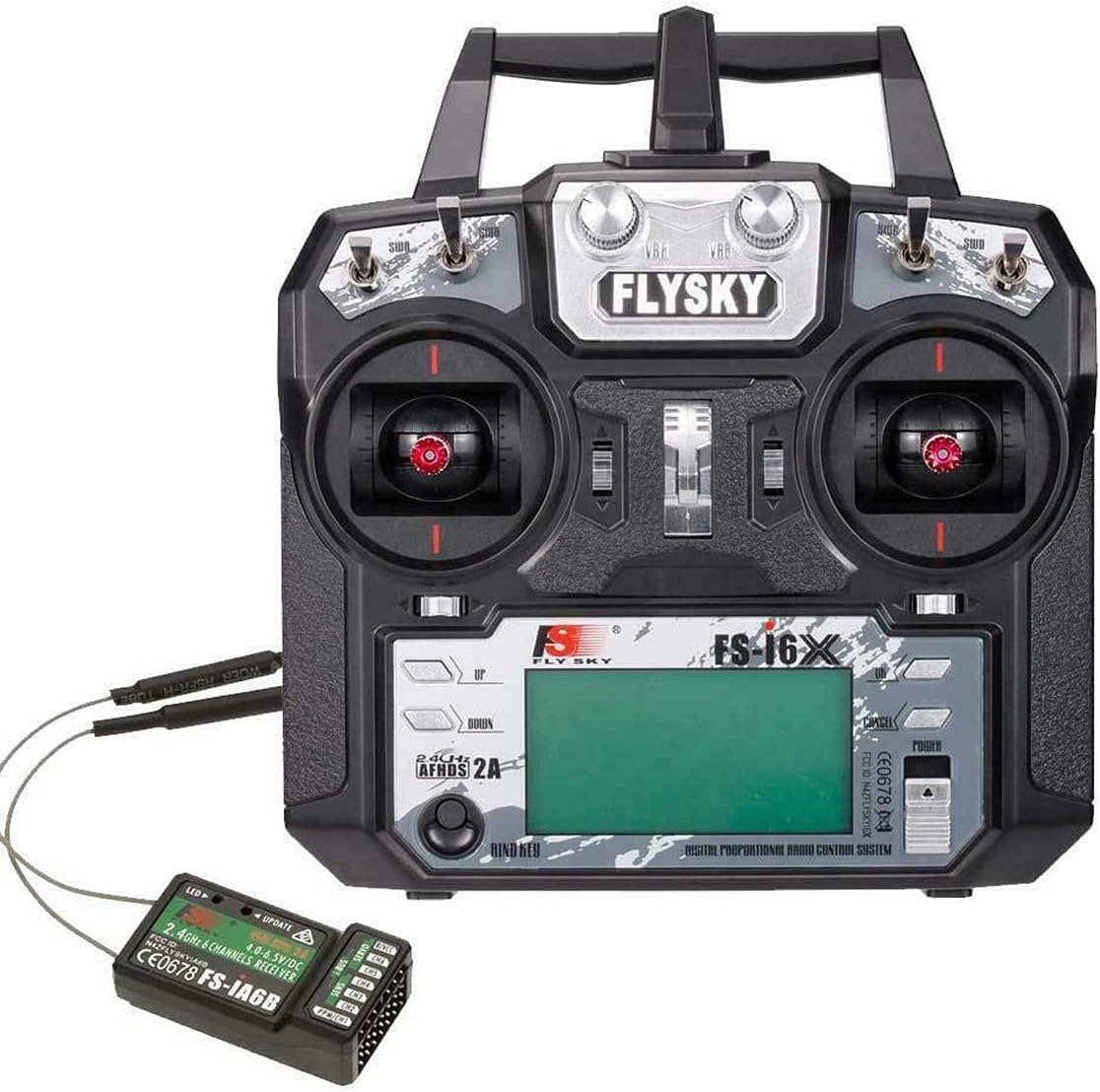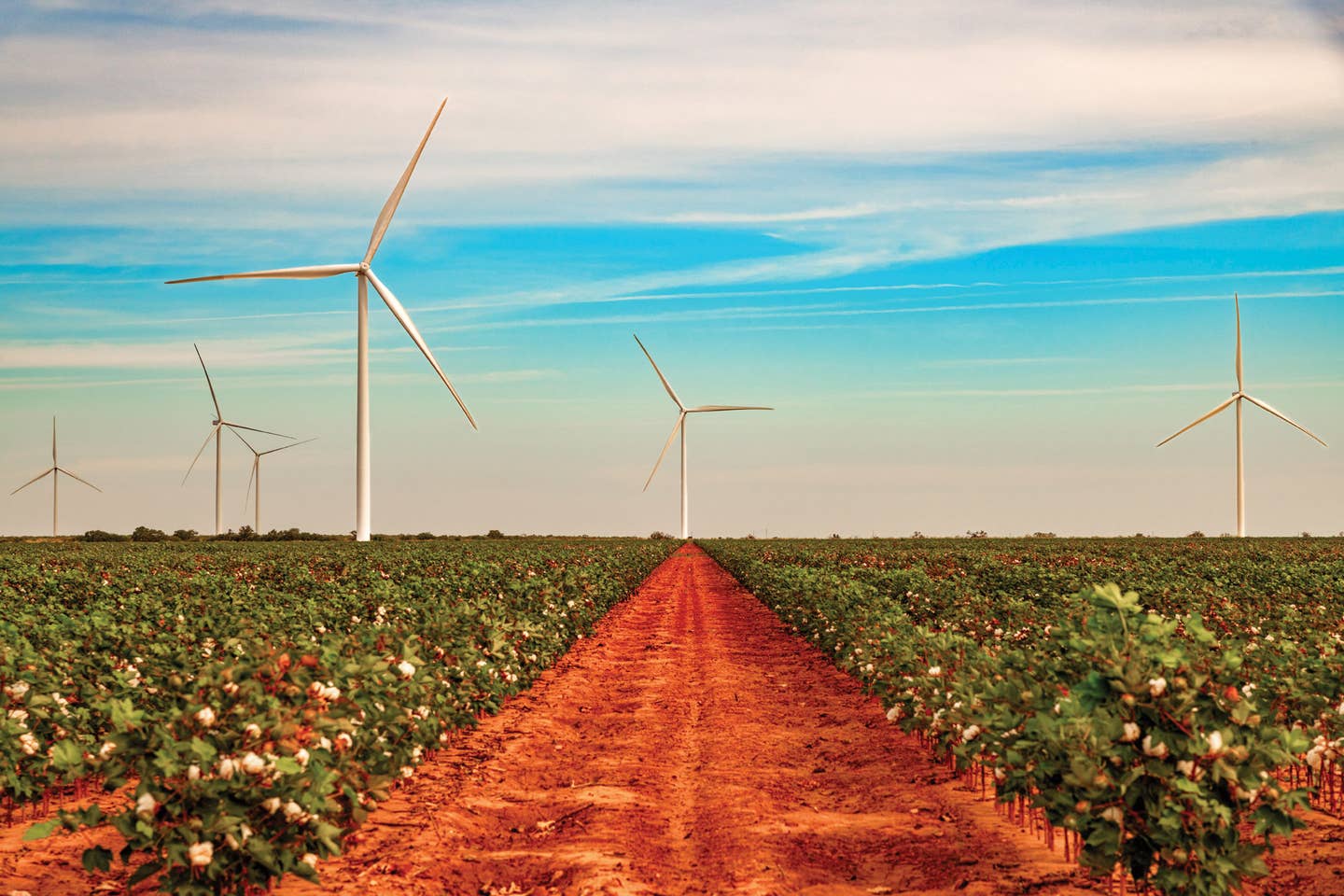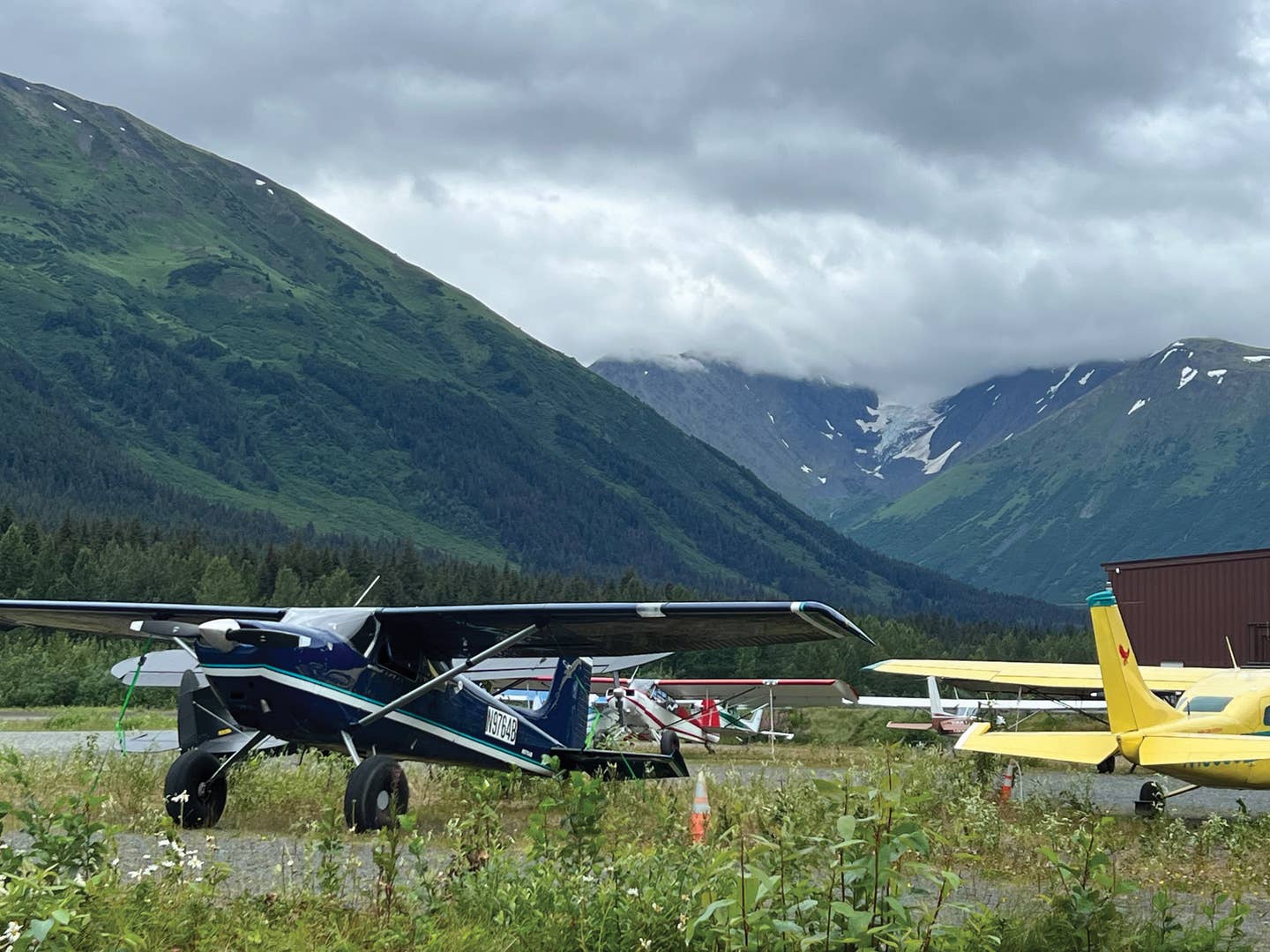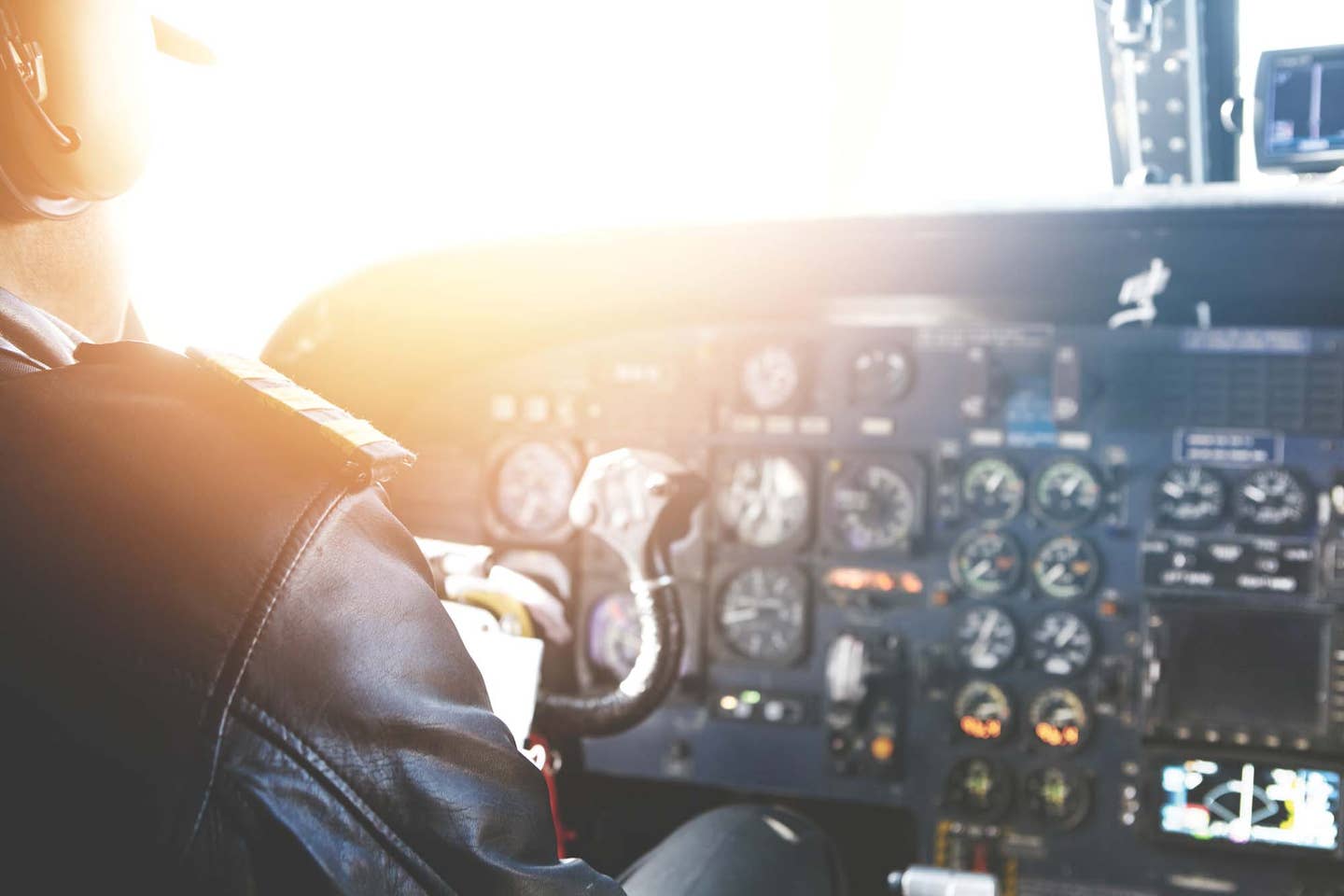10 New Planes Under $100K
The benefits of LIGHT-SPORT Aircraft extend beyond sport pilots to recreational and private pilots as well
Until recently, buying a new aircraft meant shelling out $200,000 or more---even if all you wanted to do was get into the air for some fun flying, either solo or with a passenger. Of course, you could opt for an older aircraft, but airworthiness directives and maintenance costs quickly boost the actual costs. Or you could build your own airplane for much less---provided you took a year off from work. Fortunately, the many new light-sport aircraft (LSA) coming to market offer you cost-effective options.
Since the sport-pilot/LSA rules went into effect in 2004, approximately 40 models have appeared! And they're not just for folks with the new sport-pilot certificate. Private pilots can buy and fly them, too.
What's an LSA? First off, an LSA isn't a type-certificated aircraft like your Cirrus, Columbia, Cessna or Piper. In fact, so many new aircraft are available in the marketplace because the FAA changed the rules to allow aircraft manufacturers to agree on safe construction standards, called consensus standards. All LSAs are built to comply with standards established by the American Society of Testing and Materials (ASTM). Building an ASTM-compliant aircraft places most of the burden on the manufacturer, but it saves them the millions of dollars it would have cost to develop an FAA type-certificated aircraft. LSAs are safe aircraft, just not as expensive.
An LSA is defined as a single-engine (nonturbine) aircraft with fixed landing gear (amphibians can have retracting wheels) that's designed to transport two occupants. Maximum gross weight (plane, pilot, passenger, fuel, luggage, lunch) is limited to 1,320 pounds. Maximum airspeed is 120 knots (about 138 mph) and maximum stall speed is 45 knots (about 51 mph). Among the new LSA models you'll see everything from Cub-clones to composites. Some are modern versions of designs that have been proven in classic aircraft, while others are imports from Europe and Australia where lighter aircraft have been in the marketplace for more than a decade.
If you already have or are working toward your private-pilot certificate, an LSA is a great flying option. You don't have to hold a sport-pilot certificate to fly LSAs. In fact, your private ticket will let you do more with an LSA than a sport pilot is legally allowed. Sport pilots can't fly in controlled airspace without additional training and endorsements. They can't fly above 10,000 feet MSL. They can fly VFR during the daytime, but not at night. And, for now, they can't fly outside of the United States.
If none of these restrictions bother you, and you don't yet have your pilot certificate, or the medical has expired (not been revoked), you could opt for the less-expensive but more-restrictive sport-pilot certificate. Why would you? Because it's simpler and cheaper---just like LSAs.
There are about 40 ready-to-fly LSAs available in the marketplace, with more released monthly. The models presented here are the 10 most popular LSAs per the FAA Registry and the Light Aircraft Manufacturers Association (LAMA). Other great LSAs, such as the Remos G-3 and CubCrafter's Sport Cub, are relatively new to the market and as such, didn't make the list. Prices listed in this article are for basic models and will vary depending on equipment and, in some cases, monetary exchange rates. If you don't find what you want here, check out the other 30 models, or consider one of the hundreds of experimental aircraft, ultralights and classic aircraft that qualify as LSA under the new rules.
You can even equip an LSA for IFR, and a private pilot with an instrument rating can fly it IFR. A private pilot can fly an equipped LSA at night, too. Just remember that the plane itself is limited to you and one passenger. If that works for you, go for it---and keep the change.
Whether you fly with a sport-pilot, recreation-pilot or private-pilot certificate, LSAs are more economical to buy, rent and operate than most other aircraft. If costs are important to your flying, consider an LSA for your next aircraft.
| 1. FLIGHT DESIGN CT (www.flightdesignusa.com) Built in Germany by Flight Design GmbH, the CT models (CT2K and CTSW) are proven designs that have earned airworthiness certificates in the United States as LSAs. Built of formed composites (carbon fiber and Kevlar) and powered by a Rotax 912 ULS (four-stroke 100 hp) engine, the CTSW cruises at 120 knots with a range that's more than 1,000 miles (at 90 knots). There are about 300 CTs flying worldwide. Basic VFR versions start at about $93,000 including a BRS parachute. | ||||||
| 2. LEGEND CUB (www.legend.aero) Constructed in Texas, the Legend Cub is based on the legendary Piper J-3 Cub of the 1930s that's still popular with low-and-slow pilots. Cruise speed is 95 mph and stall speed is 38 mph. The engine is a Continental O-200 (100 hp) or a Jabiru (120 hp). Range is about 270 miles in this tandem-seating classic. Prices start at about $85,000 (depending on the engine) plus radios. | ||||||
3. TL STINGSPORT (www.sting.aero) | ||||||
| 4. FANTSASY AIR ALLEGRO (www.fantasyairusa.com) The Allegro 2000 has a composite fuselage with metal wings. Power is from a Rotax 912 UL or ULS engine. The basic VFR, ready-to-fly model is priced under $60,000. Cruise speed with the 912 ULS engine is 112 mph. The Allegro is designed and built in the Czech Republic and shipped to North Carolina for finishing. Mostly done kits are also available. There are about 500 Allegros flying worldwide. | ||||||
| 5. TECNAM SIERRA & BRAVO (www.tecnamaircraft.com) From Italy comes the Tecnam aircraft: Sierra (low-wing) and Bravo (high-wing). Both are all-aluminum, powered by a Rotax 912 ULS (100 hp). The ready-to-fly VFR prices for each of these sisters begin at about $75,000. | ||||||
| 6. EVEKTOR SPORTSTAR (www.evektoramerica.com) Another European entry, the Evektor SportStar uses the standard 100 hp Rotax 912 ULS engine with a 1,500-hour TBO. The all-aluminum aircraft is bonded and riveted for strength. The price for a fly-it-home VFR SportStar begins at about $100,000. | ||||||
7. ZODIACH 601 XL (www.newplane.com) | ||||||
| 8. INDUS SKYSKOOTER & THORPEDO (www.indusav.com) The SkySkooter and Thorpedo are the same plane (based on the proven Thorp T-211, at one time certified by the FAA) with different engines. The SkySkooter is the 85 hp version, and the Thorpedo has a 100 hp engine. SkySkooter is priced at about $80,000, and the Thorpedo is $5,000 more. Both are also available as experimental LSAs (E-LSAs), which are 90% complete with the new owner finishing it at the Dallas, Texas, factory at a savings of $7,000 each. On the other end, IFR versions add about $16,000 to each model. | ||||||
| 9. RANS S-7LS (www.rans.com) From Kansas comes the RANS S-7LS, based on a kit aircraft that has been around for more than two decades. Powered, as are many LSAs, by a Rotax 912 ULS (100 hp) engine, the S-7LS, also known as the Courier, features tandem seating and aluminum-frame, fabric-covered wings. Cruise speed is 118 mph. The RANS S-7LS is ready-to-fly starting at $80,000---or sold as a you-build-it kit for about half that price. | ||||||
| 10. KAPPA KP-5 (www.kappaaircraft.com) Designed and built by Jihlavan in the Czech Republic, the Kappa KP-5 is a popular all-metal aircraft with a useful load of 583 pounds. Powered by a Rotax 912 ULS 100 hp engine, the Kappa KP-5 has fowler flaps and trailing-link landing gear for short-field operations. A wider cockpit makes it easier for large pilots to fly. Maximum cruise speed is 138 mph. Ready-to-fly prices start at $94,000. |

Subscribe to Our Newsletter
Get the latest Plane & Pilot Magazine stories delivered directly to your inbox






